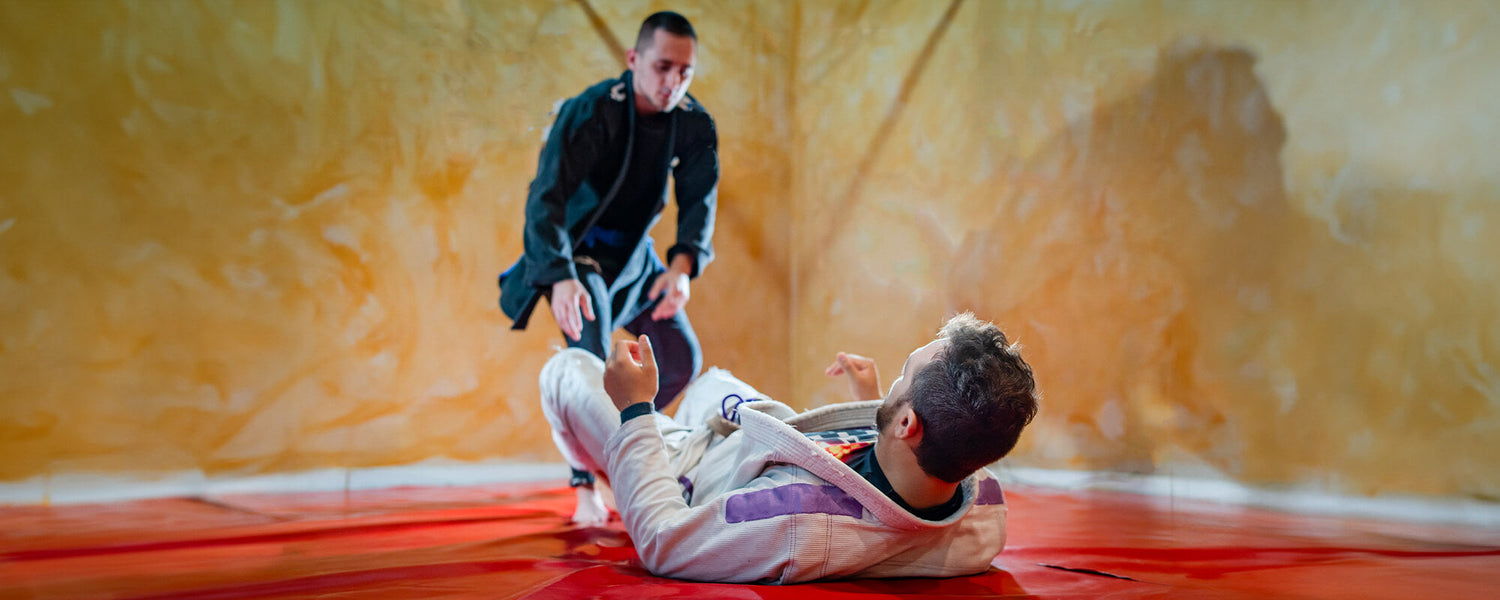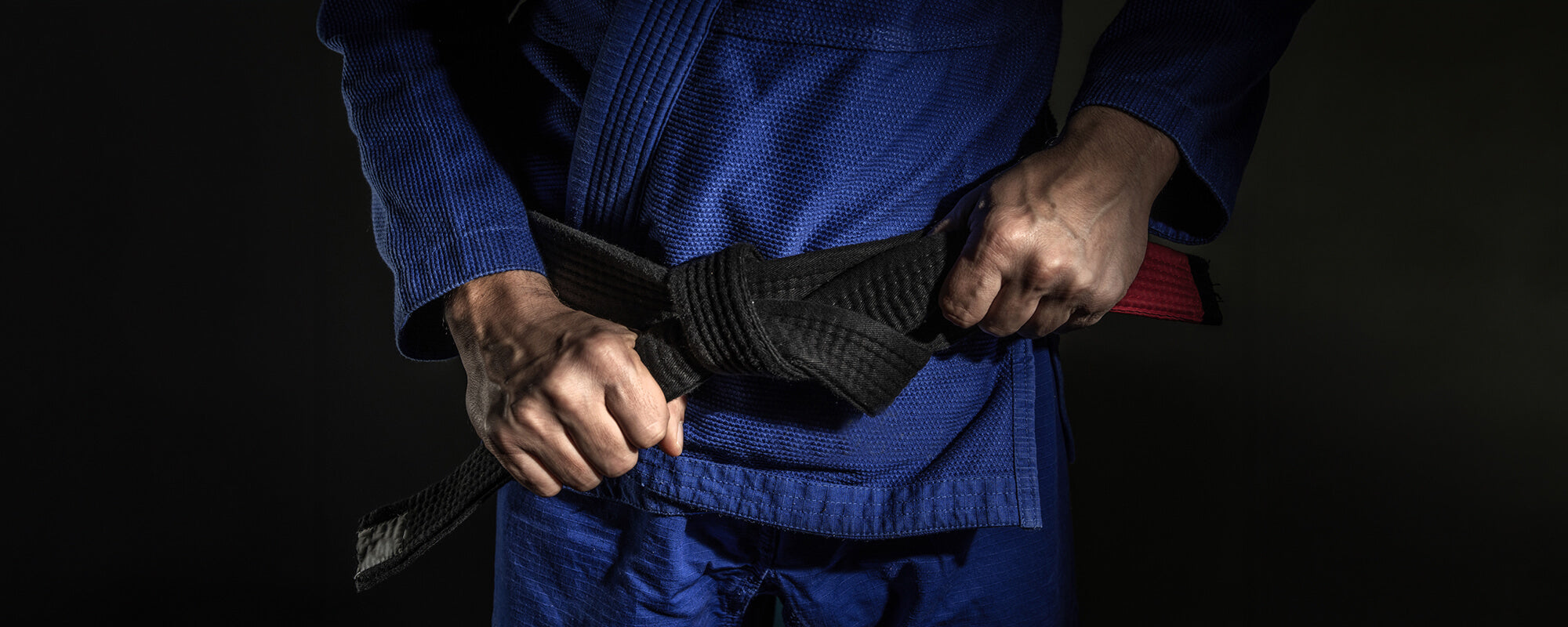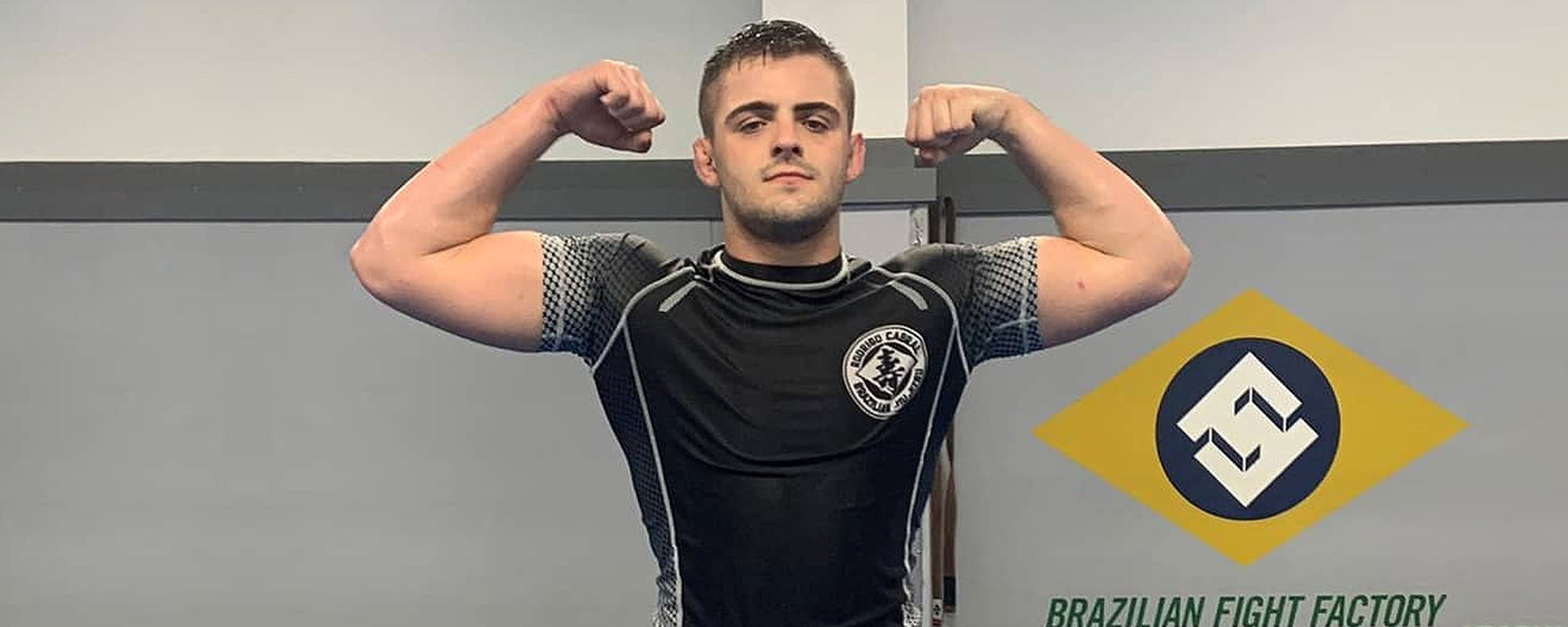In Brazilian jiu-jitsu, there are so many methods the practitioners use various positions to submit the opponent. The guard is considered the fundamental component of the combat sport. In BJJ, the practitioner uses different positions to stay dominant during the bout.
In this article, we are going to explore the basic guard position that will help BJJ beginners to take control, create a shield, and apply the submission method.
Table of content
1. What is the Guard Position?
In the martial arts of jiu-jitsu, the practitioners learned the basic guard position. It is the fundamental position that is applied in the offensive and defensive positions. In ground fighting, the guard position is the most important component that makes BJJ more interesting.
The guard position is used from the top; the fighter controls the opponent. The legs are used to restrict the movement of the opponent's lower body. The fighter uses the legs to control and maintain the space. As the word guard
The guard position is the core component of the BJJ sport. In this article, we will explore the basic guard position along with its fundamental types. You will learn the endless possibilities of executing the guard position.
2. BJJ Guards and Your Style

Every BJJ fighter focuses on a specific style, distinguished by using the guard position. Moreover, it provides maximum possibilities to defend yourself, enabling you to apply the sweeps or pin the opponent in place.
The placement of the leg plays an essential role in the execution of the guard method. In addition, it increases the effectiveness of the defense and attack. The guard position is a shield that helps you defend from the back.
It provides the following benefits:
- Helps you in sweeps.
- You can get a dominant position.
- You can execute the proper submission method.
3. Types of Guard

The guard position enables the fighters to distinguish themselves from others, irrespective of the size and weight of the opponent. The performance of the grappler increases with the rank of BJJ.
The legs of the fighter are guarding him to stay in the offensive or defensive position. The sturdy legs are the powerful part of the body that plays a significant role in the movement and protects the fighter from submission .
If your legs come under the control of the opponent, then you will come under the defensive position. The fighter is required to recover the guard, which means to take control of the legs.
The applications of the guard will be turned into the perfect defensive tool as the beginner moves from white to blue belt. There are two types of the guard positions:
-
Open Guard
It offers you the opportunity to move freely and allows flexibility. -
Closed Guard
It allows you to take control over the legs of the opponent by hooking them in place.
There are multiple types of guard positions, which are the sub-variations of the open guard. The difference is in the placement of the legs and hooking the opponent. Some jiu-jitsu guards are applied from the laying position, and others from the sitting or seated position.
3.1. Closed Guard
The art of the BJJ relies on the guard position, which helps to restrict the opponent's movement. The legs are the most crucial part of the game, and they allow the grapplers to move in the ground sport.
Suppose the fighter is in the bottom position where the back of the fighter is on the mat. The fighter can apply the closed guard by keeping the legs on both sides of the ribs so the opponent cannot move its legs.
The fighter creates the hook after taking the feet at the back of the opponent, it provides the following advantage:
- Maintain the distance between the fighter and the opponent.
- The fighter moves from the defensive to the offensive position.
- You can take the control over the opponent.
- Execute any submission method.
- You have restricted the movement of the legs.
- You can go for the sweep or the takedown.
3.2. Open Guard
In the open guard position, the fighter is on its back, but the difference is that the legs are in a free motion. This open guard position allows you to avail the maximum opportunities to submit the opponent.
The fighter can sit or lie on the mat, use the sturdiness of the legs, and lock the opponent in place with the leg hooks. It has the following plus points for the BJJ grappler:
Advantages
- The open guard position allows you to take control over the opponent.
- It provides you with multiple opportunities to win the bout.
- You can do maximum transitions (moving from one position to another)
- The BJJ fighter can go for the sweeps.
- The grappler can hook the opponent in place and apply the triangle choke, Ezekiel choke, armbars, or many other submission methods.
- You can maintain the distance and, side by side, have a firm control over the opponent.
- It is a much easier and safer position.
3.3. Collar and Sleeve Guard
The collar and sleeve guard is the most basic position; the fighter can control the body's upper part. It has two fundamental grips: the fighter needs to hold the collar with one hand, and the other will grip the sleeve of the Gi.
Once you control it, you must apply the off-balancing method by pulling the Gi in your direction. After changing the opponent's posture, you can apply the submission method.
Advantages
- It is the easiest guard.
- You can take control by holding the sleeves and collar.
- The fighter can apply the sweeps and transition.
3.4. X Guard
The name signifies that the X guard is made with the legs shaped x. In this guard position, the fighter is lying on its back. The opponent wanted to take control from the top position by placing one leg around the head and the other on the downward side.
The fighter immediately creates a cross with the legs to restrict the movement of the legs. One hand is placed over the knee to stop the opponent from applying the transition.
The fighters work on breaking the posture by keeping the legs wide apart.
Advantages
- Most of the fighters are unaware of its application.
- You can easily break the balance of the opponent with the X.
- You can apply the transitions from the dominant position.
3.5. Butterfly Guard
Every guard position has a name according to the shape of the guard. The butterfly guard is applied when both of the fighters are in the seated or sitting position.
The fighter places the legs underneath the opponent’s hamstring, and a hook is created that signifies the shape of the butterfly. The fighter can take control of the lower body and implement the transition to the fellow fighter.
Advantages
- It is the most powerful guard.
- Butterfly guard provides you with higher chances for the sweep.
- It allows you to execute multiple submission methods.
3.6. Lapel Guard
The Lapel guard is the most powerful guard in jiu-jitsu, this position is achieved by taking control of the leverage. The fighter needs to take control of the lapel with one hand. The other hand is used to grip the opponent’s hand.
After off balancing, you can apply any submission method.
Advantages
- It provides maximum opportunities to submit the opponent.
- You can apply the triangle choke easily.
- It has the highest percentage of applying any submission method.
- It is used in the Gi tournaments.
3.7. Single Leg X Guard
Single Leg X Guard is the most devastating guard position that entangles the opponent in less time.
It is initiated from the laying position. The fighter holds the approaching leg with one arm wrapped around the ankle. The upper part of the leg is controlled with the single leg of the fighter.
The grappler places one leg at the top and the other in the bottom position to create the hook; it creates the shape of “X” with the single leg.
Advantages
- Single-leg X guard can be used in Gi and No Gi tournaments.
- It is the best leg lock position.
- From this entanglement, you can apply multiple sweeps.
- You can get the tap in relatively less time.
3.8. Half Guard
In the half guard position, the fighter is in the bottom position and slightly tilted to the side. The opponent is approaching from the side, and the fighter takes control by hooking one leg of the opponent.
Beginners can apply the submission method quickly because it is the easiest.
Advantages
- You can entangle one leg of the opponent.
- The fighter can restrict the movement.
- The opponent will not attain the dominant position.
- The fighter can make the transitions by employing full guard.
3.9. De La Riva Guard
The fighter is in the laying position; at first, he moves one leg under the opponent’s leg and the other leg can be placed anywhere.
The next step is to stop the movement of the hands by holding the Gi's sleeves . The fighter can employ the transitions and apply the submission methods.
This guard was invented by the BJJ fighter named Ricardo de la Riva, the guard position is named after it as “De La Riva Guard”.
Advantages
- De La Riva guard is used to control the heavier or more massive opponent.
- This guard is applied in the Gi tournaments.
3.10. Spider Guard
The best part is that the spider guard can be applied from any position. It is used in the Gi competitions, where the opponent is in the laying position.
The fighter blocks the movements of the hands by keeping the leg in the inner side of the arm. The left leg is responsible for stopping the movement of the other arm by keeping the leg straight.
The fighter uses the arm to hold the sleeves of the Gi; in this way, the opponent loses his balance and the fighter can easily approach with the triangle choke method.
Advantages
- There are so many ways you can enter the Spider Guard.
- It provides the best entry for the triangle choke.
- Spider guard gives you the maximum advantages; the top contenders of BJJ use it.
4. Final Words
The guard position is the most fundamental position in jiu-jitsu. It is the most iconic move that maintains the distance between the fighter and the opponent.
The guard position is used in the defensive and offensive positions. In addition, the fighter can get excellent control over the opponent.



Leave a comment
This site is protected by hCaptcha and the hCaptcha Privacy Policy and Terms of Service apply.